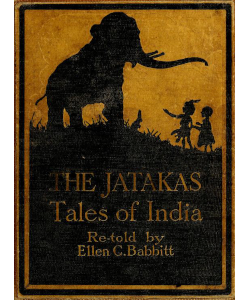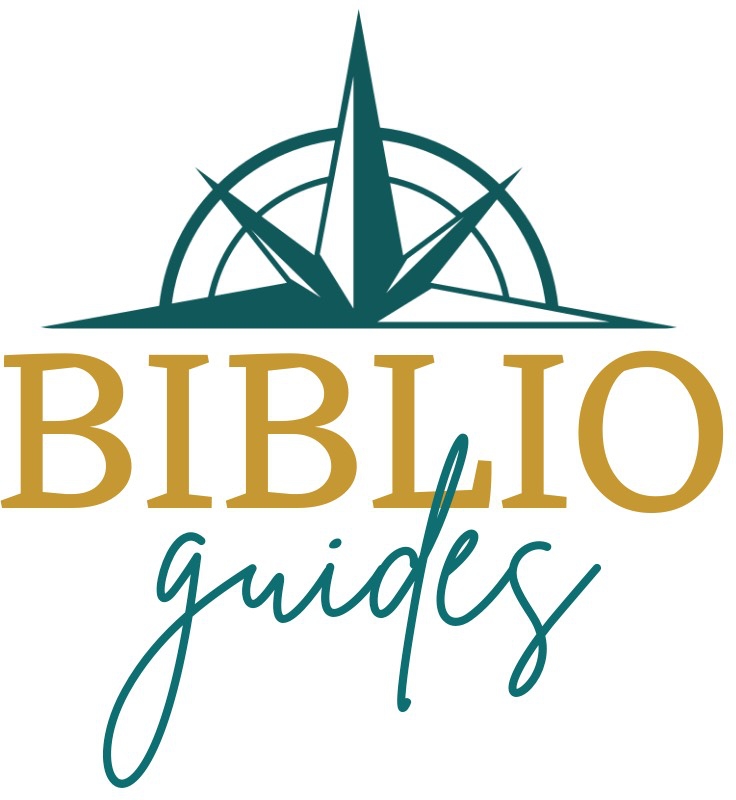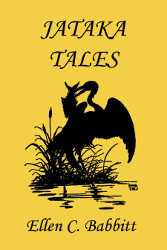The Jatakas: Tales of India (Adaptation)

Illustrator:
Ellsworth Young
Ellen C. Babbitt
Publication:
1912 by The Century Co.
Genre:
Anthology, Fairy Tales, Fiction, Folk Tales
Pages:
92
Current state:
Basic information has been added for this book.
It is under consideration and will be updated when it is evaluated further.
Book Guide
Search for this book used on:
Long ago I was captivated by the charm of the Jataka Tales and realized the excellent use that might be made of them in the teaching of children. The obvious lessons are many of them suitable for little people, and beneath the obvious there are depths and depths of meaning which they may learn to fathom later on. The Oriental setting lends an additional fascination. I am glad that Miss Babbitt has undertaken to put together this collection, and commend it freely to teachers and parents. —Felix Adler
The Jatakas, or Birth-stories, form one of the sacred books of the Buddhists and relate to the adventures of the Buddha in his former existences, the best character in any story being identified with the Master.
These legends were continually introduced into the religious discourses of the Buddhist teachers to illustrate the doctrines of their faith or to magnify the glory and sanctity of the Buddha, somewhat as medieval preachers in Europe used to enliven their sermons by introducing fables and popular tales to rouse the flagging interest of their hearers.
Sculptured scenes from the Jatakas, found upon the carved railings around the relic shrines of Sanchi and Amaravati and of Bharhut, indicate that the "Birthstories" were widely known in the third century B.C., and were then considered as part of the sacred history of the religion. At first the tales were probably handed down orally, and it is uncertain when they were put together in systematic form.
From the foreword and publisher's note
To view an example page please sign in.
Content Guide
Resource Guide
Episode 70: Why Read Fairy Tales?
Released in 2020 by The Literary Life
Available formats: Streaming Audio
Length: 1 hr. 29 min.
View on the The Literary Life site
"Angelina Stanford and Cindy Rollins tackle the topic of fairy stories, discussing the what, why and how of reading them. Angelina shares the distinctive characteristics of fairy stories in contrast to other types of stories, such as myths. They deal with the question of whether fairy tales are 'escapist', the influence of the Grimm brothers scholarly work on interpreting fairy stories, and allowing the story to unveil its deeper truths without forcing meaning onto it.
Angelina gives an illustration of how to see the gospel messages in fairy tales by talking us through the story of Sleeping Beauty. She refutes the ideas that fairy tales are about human romance or are misogynistic. She also highlights some of the Enlightenment and Puritan responses to fairy tales that still linger with us today. Cindy and Angelina also discuss some common concerns such as the magical, weird, or scary aspects of fairy tales. Angelina also makes a distinction between folk tales, literary fairy tales, and cautionary tales."
Find This Book
Search for this book used on:




